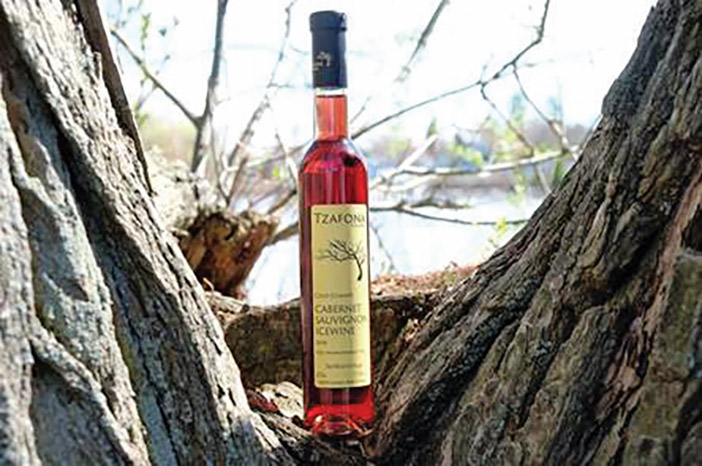
(Courtesy of Royal Wines) With the Jewish New Year (Rosh Hashanah) right around the corner (Sept. 9-11), traditional sweet foods and wines will be on everyone’s mind—and shopping list.
The wine, no doubt, will be just as important as the food it is served with. As with most Jewish celebrations, one sanctifies the holiday by reciting the special Kiddush, the blessing over the wine. It is a custom to ensure that all family members and guests can participate by holding and drinking from their own cup.
Gabe Geller, a prominent wine blogger and industry executive at Royal Wine Corp., explains, “For some so-called sophisticated wine lovers, sweet wines are often thought of either as entry-level quaffs, or just to be used as sacramental wines. But that couldn’t be further from the truth! There are so many complex, sophisticated sweet wines from almost every wine-producing region in the world.”
According to Geller, one of the most popular sweet wines is the wine made by harvesting the grapes late, when they have already partially dried on the vines. Herzog Late Harvest wines include a Chenin Blanc, a Riesling, a Zinfandel and a Muscat. Their sweet, yet complex, taste and reasonable price make them especially attractive for the holidays. (MSRP $22.99)
Ice Wine, also known as “Eiswein,” is another world-class sweet wine. Made from grapes that were picked frozen on the vine, then crushed and pressed, they are best enjoyed chilled. These are primarily produced in Germany, Austria and Canada because of the early-season low temperatures. Tzafona Ice Wine Cabernet Sauvignon 2016 (MSRP $49.99), an authentic ice wine grown from grapes in Canada’s Niagara Peninsula, is a great pick for the holidays.
Some of the world’s most famous and well-regarded sweet wines come from Portugal and are known as “port” or “porto.” These wines are made by adding alcohol early on to stop the fermentation, so they retain the natural residual sugar present in grape juice. Port wine is aged in oak barrels anywhere from 24 to 36 months. While only wines from Portugal can be labeled as Port, there are many wines from Spain and Israel that are made using similar methods. Geller recommends Porto Cordovero Ruby (MSRP $34.99) and a Late Bottled Vintage (LBV) by Taylor-Fladgate.
Some other world-class and often quite expensive dessert wines are from the Sauternes appellation, located in France’s Bordeaux wine country. Chateau d’Yquem is easily the most famous winery in the region and is often mentioned in classic literature and movies. Geller notes that while d’Yquem has yet to produce a kosher cuvee, its neighboring Chateau de Rayne-Vigneau has produced a superb kosher cuvee rated no less than 92 by Wine Spectator (MSRP $139.99).
Sauternes wines are usually made from blends primarily comprising either Sauvignon Blanc or Semillon, sometimes with the addition of Muscadelle or Sauvignon Gris. “In order to produce these sweet wines, the grapes are harvested late in autumn to allow a particular fungus to develop and spread on the vines. The fungus drains the water from the grapes, which allows them to retain a very high sugar and natural acidity content. It also affects the flavor, lending distinct notes such as honey and beeswax. These wines develop in the bottles for 20 to 30 years and sometimes longer than that,” explains Geller.
In addition to France, these types of wines are produced in Hungary, Chile and California, such as the wonderful Covenant Zahav 2016 (MSRP $29.99) and the Hagafen Late Harvest Sauvignon Blanc 2009 (MSRP $32.99).
So, when it comes to buying delicious wines for the Jewish New Year, don’t forget to be sweet! Enjoy them sipped on their own, paired with your main course or dessert or served after your meal as a digestif.













